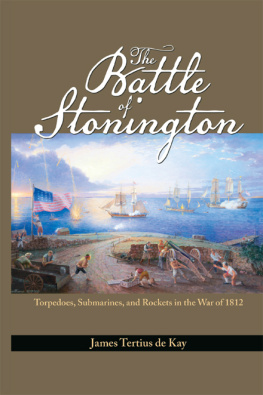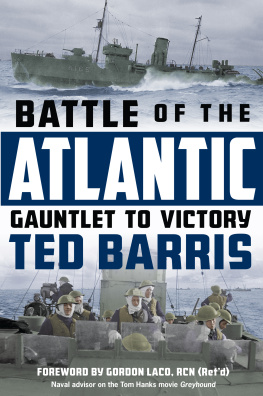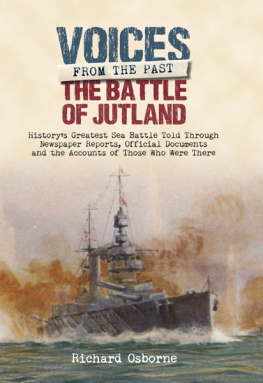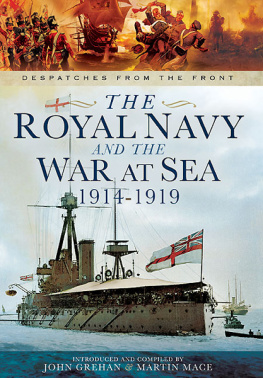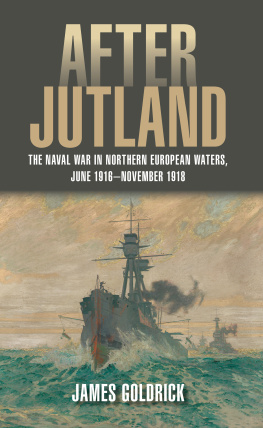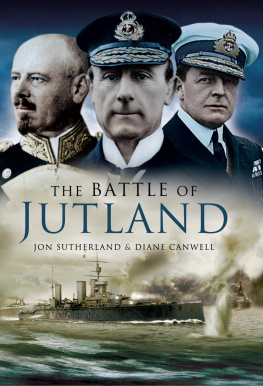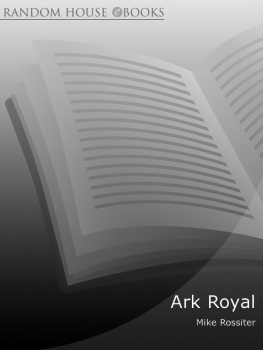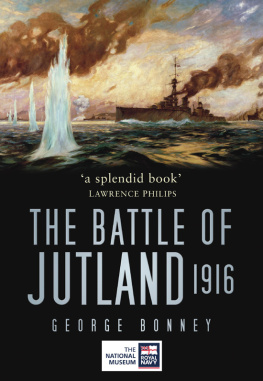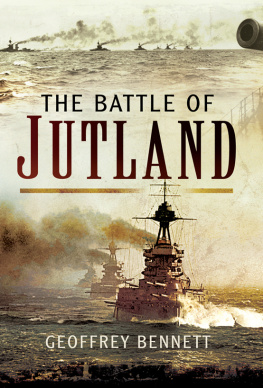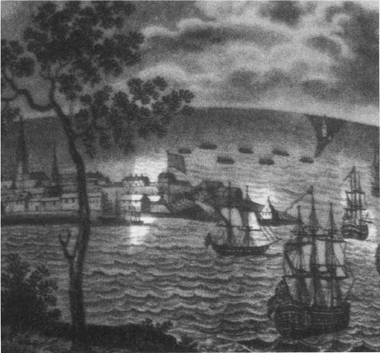James Tertius De Kay - The Battle of Stonington: Torpedoes, Submarines, and Rockets in the War of 1812
Here you can read online James Tertius De Kay - The Battle of Stonington: Torpedoes, Submarines, and Rockets in the War of 1812 full text of the book (entire story) in english for free. Download pdf and epub, get meaning, cover and reviews about this ebook. year: 2013, publisher: Naval Institute Press, genre: History. Description of the work, (preface) as well as reviews are available. Best literature library LitArk.com created for fans of good reading and offers a wide selection of genres:
Romance novel
Science fiction
Adventure
Detective
Science
History
Home and family
Prose
Art
Politics
Computer
Non-fiction
Religion
Business
Children
Humor
Choose a favorite category and find really read worthwhile books. Enjoy immersion in the world of imagination, feel the emotions of the characters or learn something new for yourself, make an fascinating discovery.
- Book:The Battle of Stonington: Torpedoes, Submarines, and Rockets in the War of 1812
- Author:
- Publisher:Naval Institute Press
- Genre:
- Year:2013
- Rating:3 / 5
- Favourites:Add to favourites
- Your mark:
The Battle of Stonington: Torpedoes, Submarines, and Rockets in the War of 1812: summary, description and annotation
We offer to read an annotation, description, summary or preface (depends on what the author of the book "The Battle of Stonington: Torpedoes, Submarines, and Rockets in the War of 1812" wrote himself). If you haven't found the necessary information about the book — write in the comments, we will try to find it.
Though a mere footnote in Americas early naval history, the Battle of Stonington has remained a source of curiosity for two hundred years. Why did the British single out Stonington and then fail so miserably at their goal? To solve the mystery of this curious battle, and explain Britains failure to level the town, the author takes the reader back some forty years to the Revolution to unfold a surprisingly complex set of circumstances involving people on both sides of the Atlantic and across America. Drawing on contemporary news accounts, secret Royal Navy correspondence, and other primary sources, he investigates events leading up to the puzzling attack and then recounts the exciting details of the battle itself. It is a memorable, masterly told story of brave and honorable people, divided loyalties, and new ideas fighting traditional, old-world values.
As the book develops, James Tertius de Kay introduces a fascinating cast of characters that ranks with the best of fiction: Thomas Hardy, the hero of Trafalgar who led the British attack; Jeremiah Holmes, an American merchant captain who led the defense of Stonington; Stephen Decatur and Robert Fulton, two well-known American patriots; and a number of enterprising smugglers and spies. At the same time de Kay pays tribute to the significant roles played by new naval weapons--American submarine vessels and torpedoes, British rockets and bombs--that revolutionized the art of war.
The Battle of Stonington brings all these elements into brilliant focus to provide a lively narrative history not just of the events at Stonington but of the entire period. It is a compelling, often humorous story.
James Tertius De Kay: author's other books
Who wrote The Battle of Stonington: Torpedoes, Submarines, and Rockets in the War of 1812? Find out the surname, the name of the author of the book and a list of all author's works by series.

